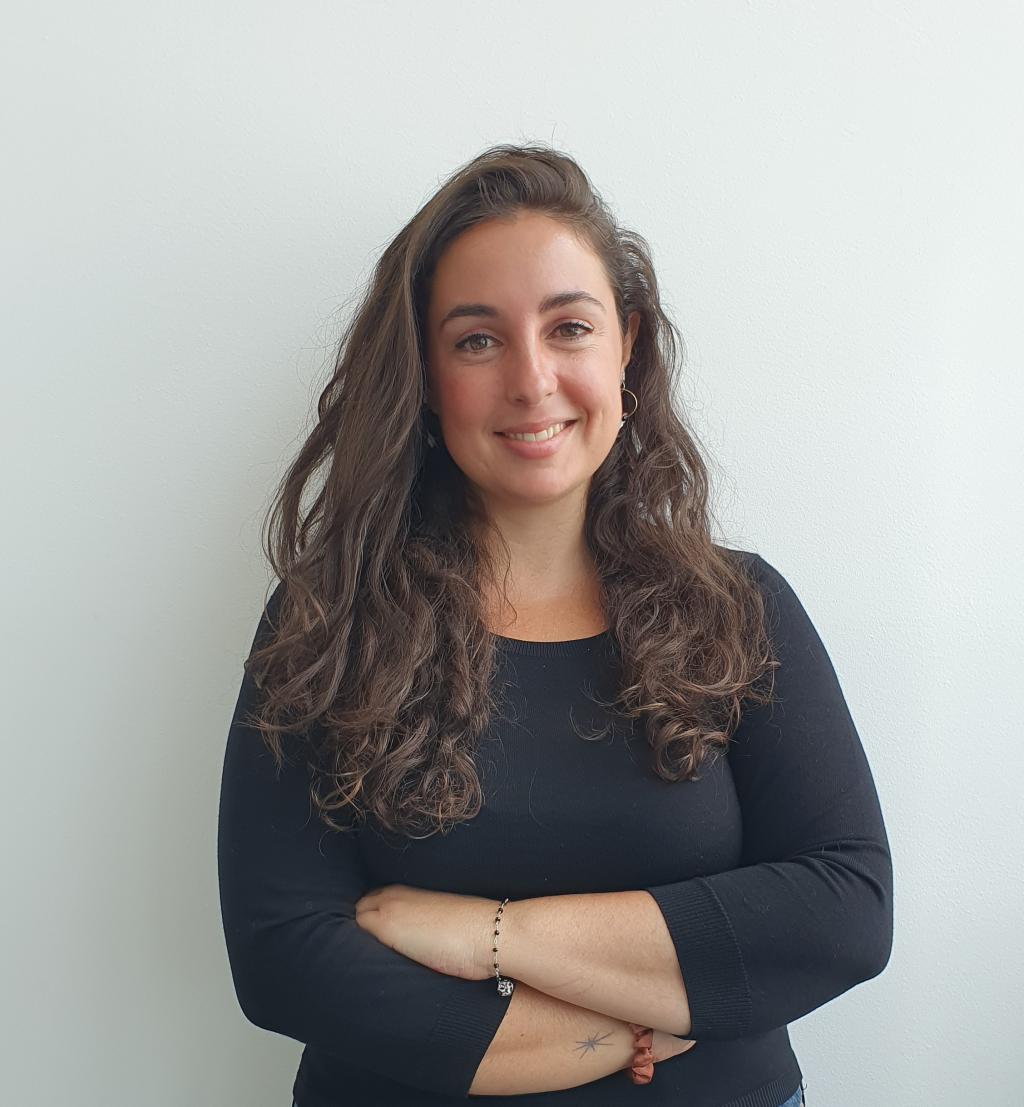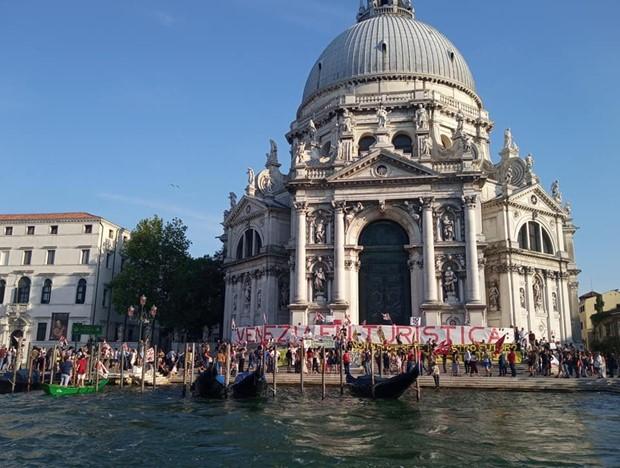Abstract
Fu-touristic Venice. Flows of people seeking governance within the water space
As a world-famous tourist destination, Venice faces challenges linked to overtourism due to flows of people which, generate a pressure on the urban centre concentrating within a few hours on the historic city and its sites linked to the mainstream image.
As with other port cities, cruise tourism sees Venice as one of the main attractive stops on cruise itineraries in the Mediterranean, on which the Port Authority bases part of its development of the port despite critical voices. In fact, growing numbers (however less than that arriving from land) are expected with the widespread port method and with investments for environmental improvement that try to overcome the limitation of landings in the city - due to the Urgent Measures for the Protection of Waterways of Cultural Interest and the Safeguarding of Venice enforced in 2021 in response to UNESCO warnings on the World Heritage Site. According to many local social movements the impacts of cruises on water, air and people’s safety call into question local benefits compared to economic interests far from the territories.
Alongside the overwhelming mass tourism, over the last years initiatives to get to know and live Venice and its lagoon from a water perspective - also as forms of resistance and a new way of inhabiting the territory - have increased, some of them including forms of blue tourism - such as historic boat tours along the canals. However, the possibility of raising awareness and making other places in Venice and the lagoon accessible which could represent a resource for encouraging more respectful tourism, if on the one hand it does not guarantee a more equal distribution of flows, on the other hand it likely risks replicating the same invasive and fast ways of consuming places - which affect the lagoon also with wave motion due to private and public water transportation - thus also threatening the conservation of a water-based delicate ecosystem that holds together humans and non-humans for whom those places remain a refuge.
In this framework, some open questions emerge:
- what knowledge/tools for understanding and managing flows of people are being put to work to decide the future of cruise and lagoon waterway tourism in Venice?
- is it possible to outline sustainable development by mediating between the narratives/imaginaries about Venice that influence flows and the counter-narratives that oppose mass tourism?
About the speaker:
Silvia Sivo is a PhD Student in Regional Planning and Public Policies at Iuav University of Venice, and guest researcher at Delft University of Technology in the Department of Architecture, researching on the governance of port city interaction areas as relational spaces of actors and networks in a water-based perspective, investigating Venice as a case study.
Trained as engineer and architect, she graduated at the Polytechnic University of Bari and then at the Federico II University of Naples for a second-level master's degree in Sustainable Planning and Design of Port Areas.
Her background lies transversally between practice and research, and over the years she has collaborated with Italian public administrations and port authorities in the fields of metropolitan cities and small port network strategic planning, port-city integration, urban regeneration and social innovation.
She is member of the LDE PortCityFutures Research Centre since 2021, and part of the editorial staff of the international journal Seascape.
Photo credits: globalproject, 2020 (https://www.globalproject.info/it/in_movimento/niente-puo-essere-come-prima-venezia-fu-turistica-e-labbraccio-di-migliaia-di-persone-alla-laguna/22861)




